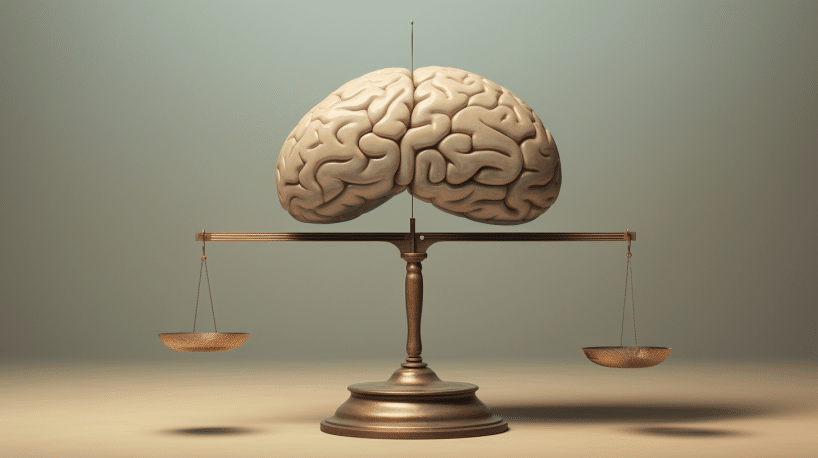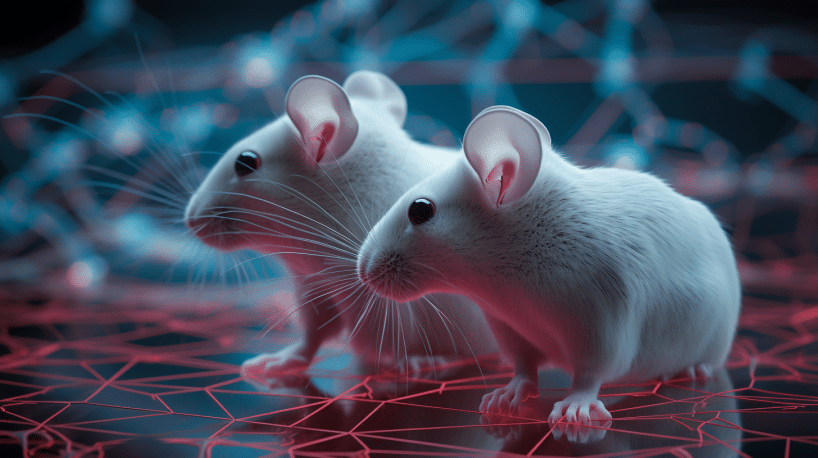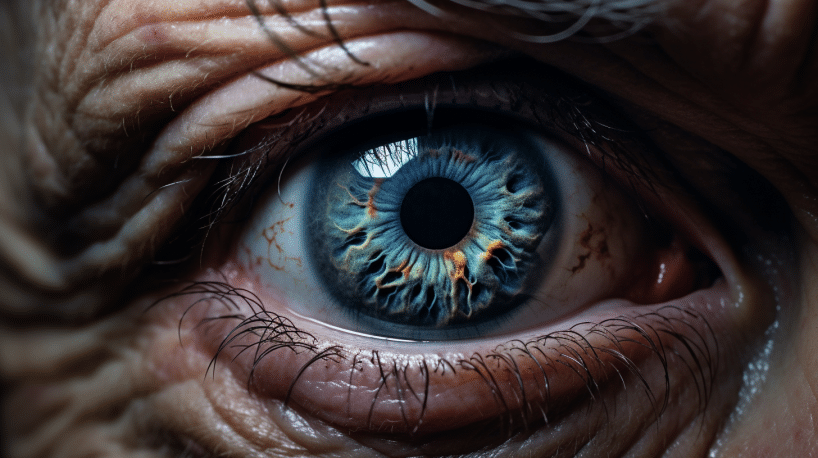Smoking & Mental Health Problems: Unraveling The Complex Relationship
Cigarette smoking and mental health problems often go hand-in-hand. But which one typically comes first? And how much does our genetic makeup contribute to this risky combo? New research examined these questions by analyzing long-term health data on over 300,000 people in the UK. Key Facts: Smoking initiation typically happened in adolescence, before the first …










